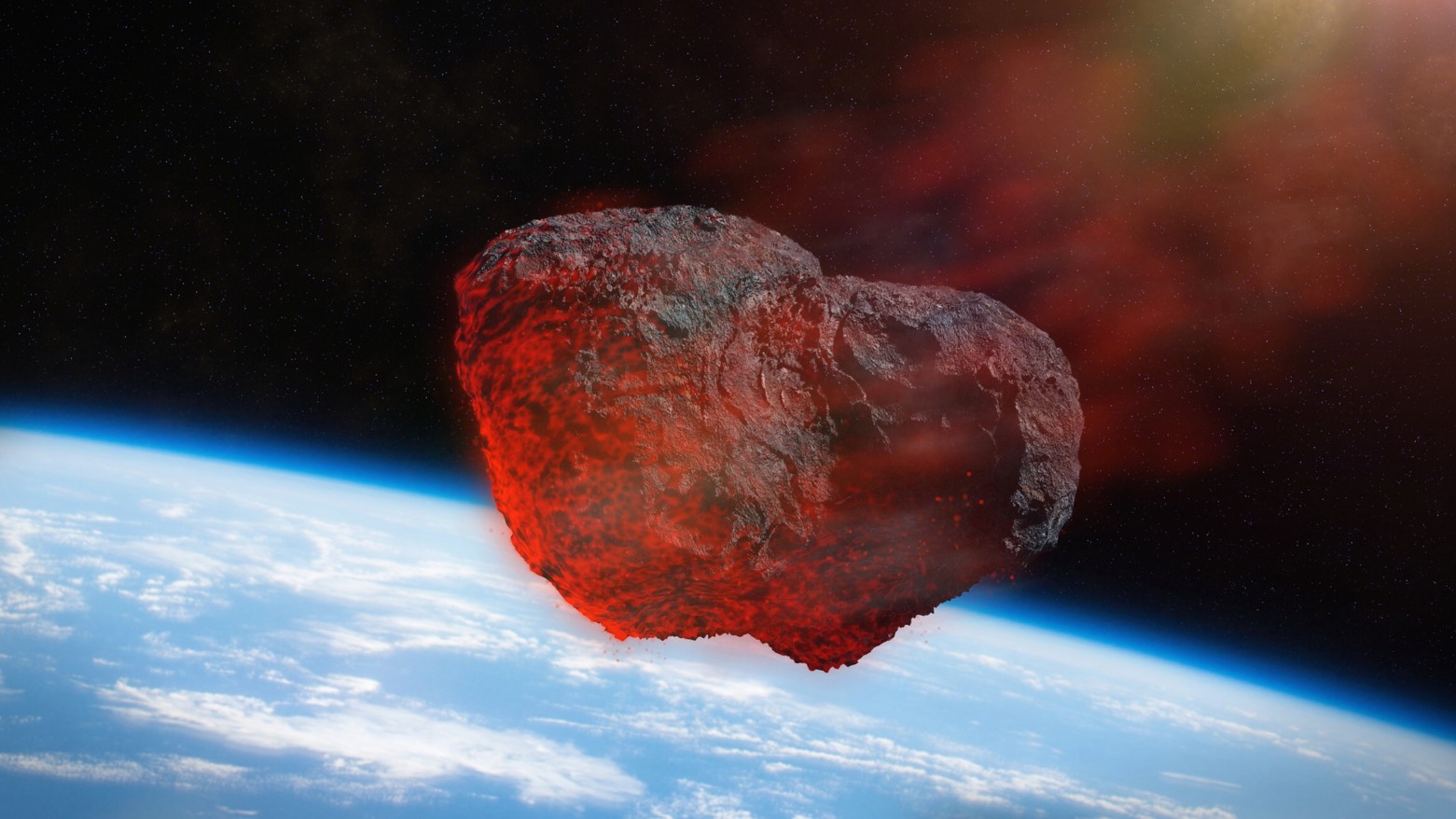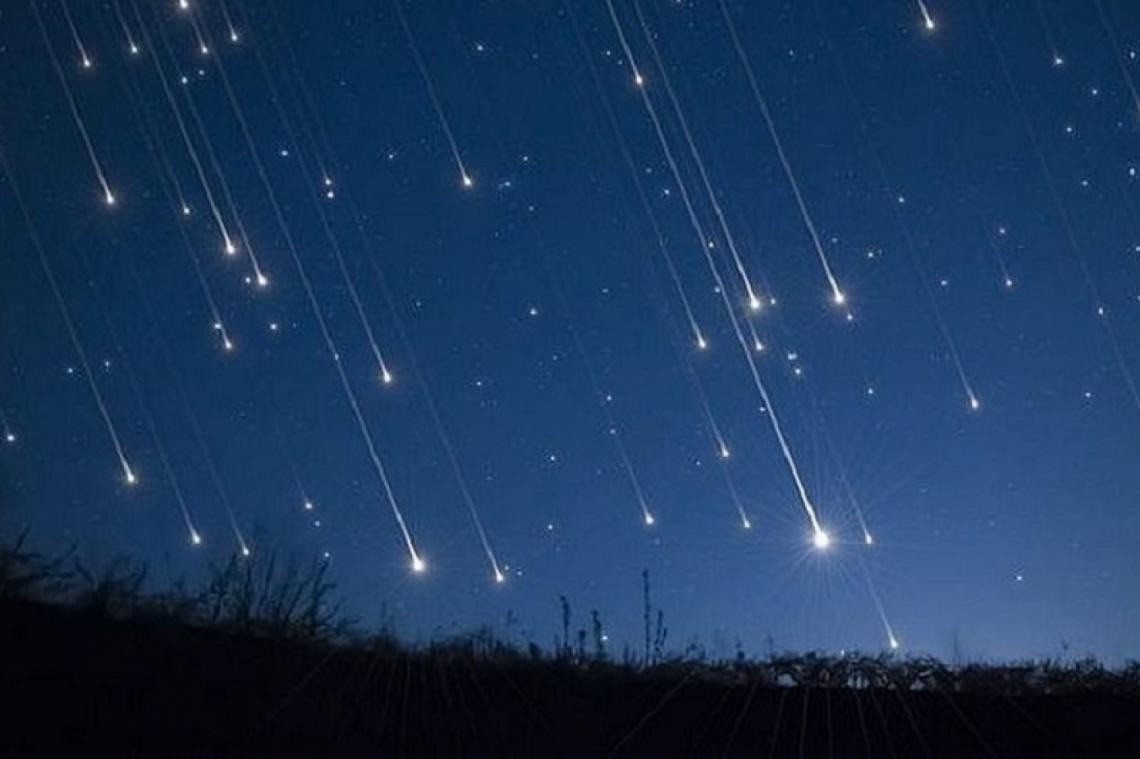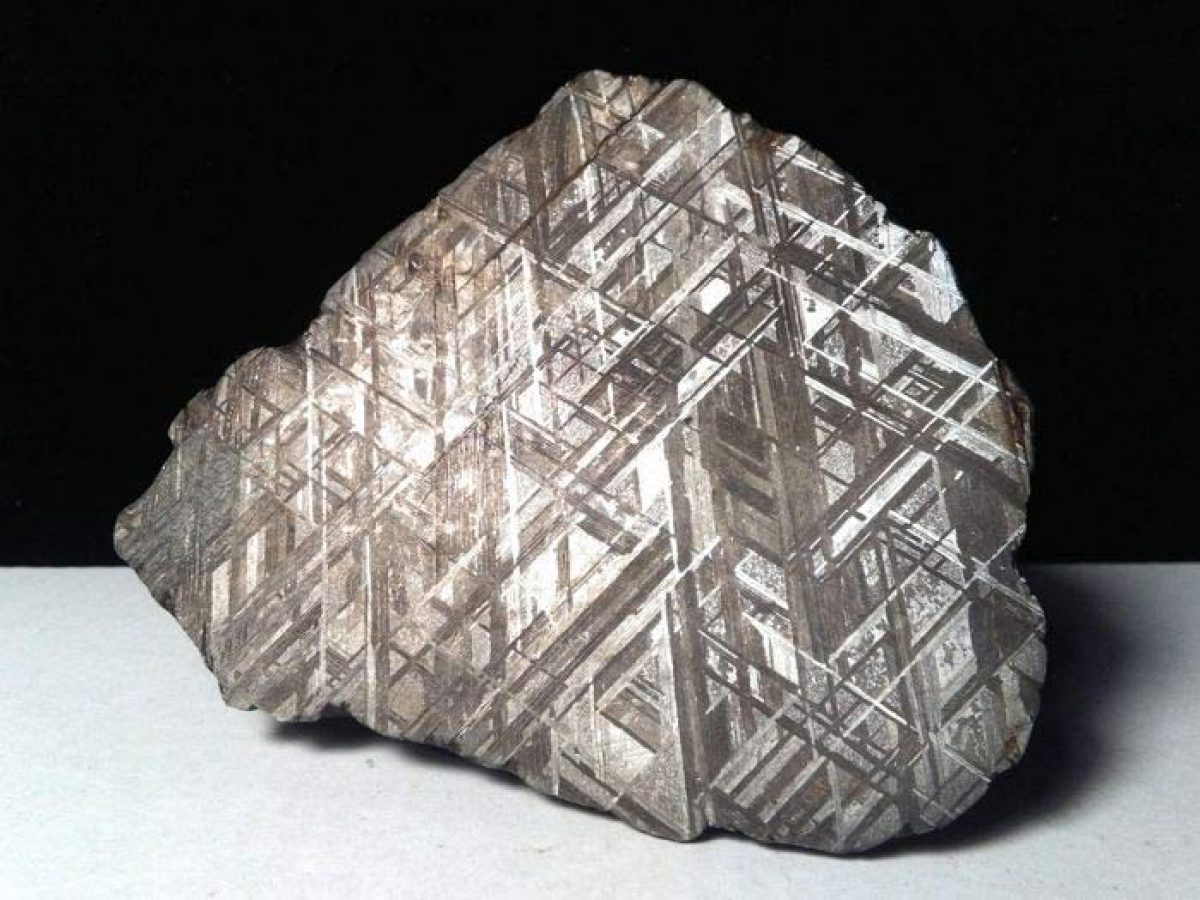You have probably seen a shooting star more than once. There are even massive events of them, as in the case of The Perseids. They are undoubtedly beautiful sights to see, but do you really know what a shooting star is? Did you know it's probably a meteorite? Stay with us so you can know the types of meteorites of which they are composed.

What is a meteor?
According to the RAE, meteorites are "fragments of a celestial body that fall to Earth, or to any other star." From this definition it is understood that there are not only meteorites on Earth, but that we can find them in almost all the celestial bodies of the solar system. But it doesn't explain where they come from. According to long-standing research, they can come from asteroids, comets, and even other planets.
Hence, when these small rock fragments come into contact with the atmosphere in their trajectory, they decompose, leaving behind them a bright trail in their wake, the Shooting Stars. But, if that fragment is not so small and manages to survive the brush with the atmosphere, it will go directly to the ground as a fireball. It is that fragment of surviving rock that we call meteorite.
We can certainly say that the layer of the Earth that we call the atmosphere works as a protection against these fragments. The atmosphere is a layer of gas that covers the planet and its effect is that the vast majority of potential threats disintegrate without reaching the ground. However, with larger meteorites it happens that they will break into smaller pieces, which can hit the ground. This is so scientifically true that it is estimated that in one year some 40.000 tons of meteorites can fall to Earth.
Of course, most in microscopic and imperceptible form. But there have been, and will continue to be, cases in which meteorites of a respectable size have been able to fall on the ground and be found and analyzed. Some as large as the meteorite from El Chaco (Argentina) with 37.000 kg.
Types of meteorites
It turns out that not all meteorites have the same composition. We are also interested in their origin, their composition and their age, because thanks to these factors, it is possible to differentiate them. As time has passed and science has evolved, it has been possible to establish a classification of meteorites, depending on chemical, geological or conservation factors.
For the purposes of this article, we have chosen the most traditional classification in terms of its origin and composition. These are the main types of meteorites:
primitive chondrites or meteorites
It is estimated that its origin comes from How did the solar system form, about 4.500 billion years ago, remaining unchanged since then. In them it can be seen that they have not gone through processes of fusion or differentiation, nor have they been subject to alteration by geological conditions, such as wind, water or tides.
These are the most remote of our Solar System and are essential to study the formation of the planets. These chunks of rock are priceless bits for science. Chondrites are also called primitive or unfused meteorites and have a particular characteristic that is their low percentage of metal, less than 10%.
The name chondrites comes from the shape that this class of celestial rocks has inside, which exhibits a number of spheres with a glassy appearance. These are the most common meteorites and represent more than 85% of all meteorites that have been found.
Within this category of Chondrites, we can find different types, due to their composition and percentage of iron:
carbonaceous chondrites
These chondrites are only 5% of the chondrites that have fallen to Earth. Its composition normally contains up to 5% carbon, but it is usual to find up to 20% water and some organic compounds. It has also been found that they are the ones with the highest proportion of volatile elements, which is why they are thought to have formed the farthest from the Sun.
ordinary chondrites
They are the most common class of chondrites that have reached Earth. They are made up of irons and silicates. They usually come from small asteroids and are usually subclassified according to the proportion of iron they contain.
Enstatite chondrites
These are rocky meteorites, whose composition is mainly a mineral called enstatite (MgSiO3). They are not very abundant, but it is known that they are fossil minerals, from which our planet was formed, since their composition, among the known meteorites, is the one that most resembles Earth.
For that reason, planetary scientists suggest that a mixture of these types of meteorites, due to the aggregation process, was the embryonic origin of the Earth. This theory also explains the reason for their scarcity. Only a few pieces dispersed from the region in which the terrestrial planets formed into the main belt, and very few have come down to us from there.
differentiated or fused
These meteorites arose as an effect of partial or total fusion processes of the bodies from which they come. This means that its origin is from bodies of the universe of great extension, which can measure up to thousands of kilometers in diameter, and have undergone metamorphic processes in their interior. According to its composition, three types can be distinguished. types of meteorites differentiated: rocky (or achondrites), metallo-rocky and metallic.
achondrites
As their name indicates, they are types of meteorites they do not have chondrules. Achondrites are mainly rocks of igneous origin, which come from other bodies in the Solar System. It has been possible to establish a subclassification of achondrites, according to their origin.
Achondrites have been found that come from Mars (Shergotites, Nakhlites, Chassignites), the Moon or Vesta (Ecrites, Diogenites, Howardites). But the truth is that the vast majority had their origin in bodies in the universe that have not yet been identified.
Metallic
Metallic meteorites are those whose composition is 90% metal, generally combinations of iron and nickel. It has been established that they usually come from the cores of large asteroids, so they must have been ejected on the occasion of receiving a major impact.
In turn, they are classified essentially on the basis of their structural form. Thus, the hexahedrites are those that contain 4-6% nickel and 90% iron. They receive this name because they are formed of cubic crystals, of the hexahedral type, of camacita. Then we have the octahedrites, which are 6-14% nickel and show the well-known Windmanstätten lines. These are the types of meteorites most common metals.
Rockmetal
Conclusion types of meteorites which have around them half of metallic elements and the other half of silicate material. It has been determined that they come from the inner part of large asteroids. According to their composition, they are classified as: pallasites and mesosiderites.
The pallasites are one of the types of meteorites most beautiful that exist, because they exhibit a combination of metals, mainly iron and nickel, and silicates, in particular olivine. They took their from the German zoologist and botanist Peter Simon Pallas, who discovered the first specimen of this type of meteorite in Siberia, Russia, in 1772. On the other hand, mesosiderites show a varied and disorderly mixture of minerals such as pyroxene or plagioclase and nickel and iron crystals.
We hope that this article has helped you to learn how to identify the types of meteorites that exist.

